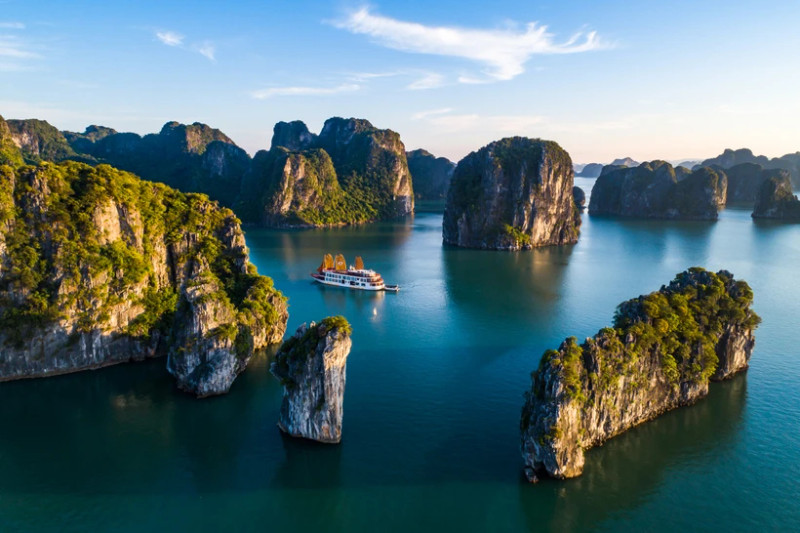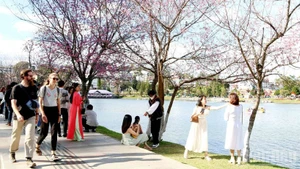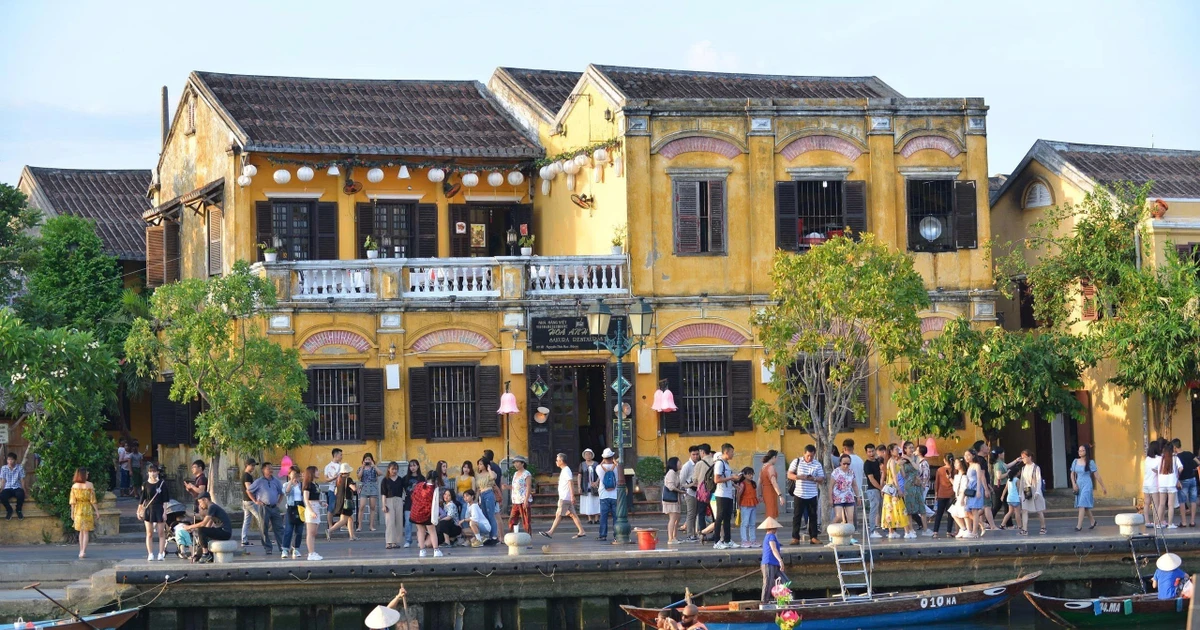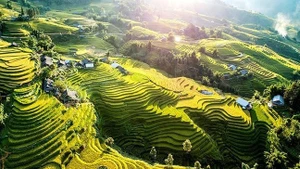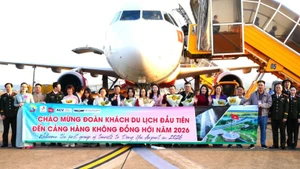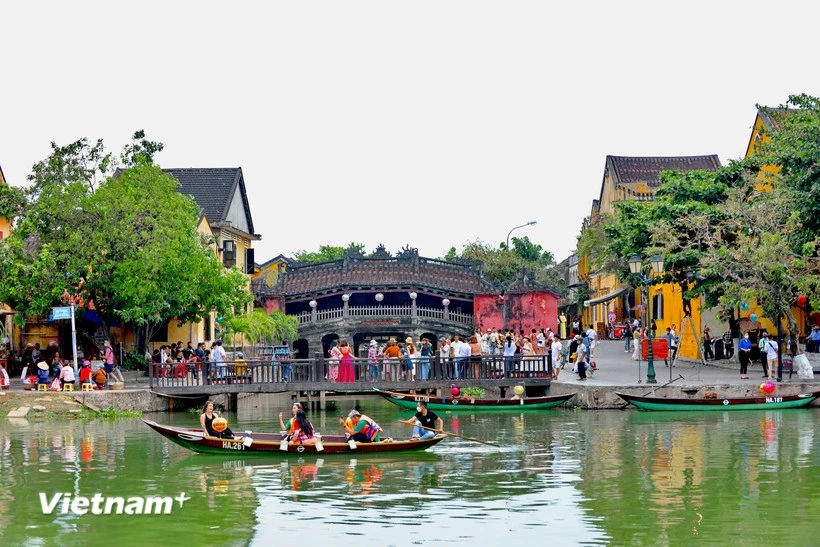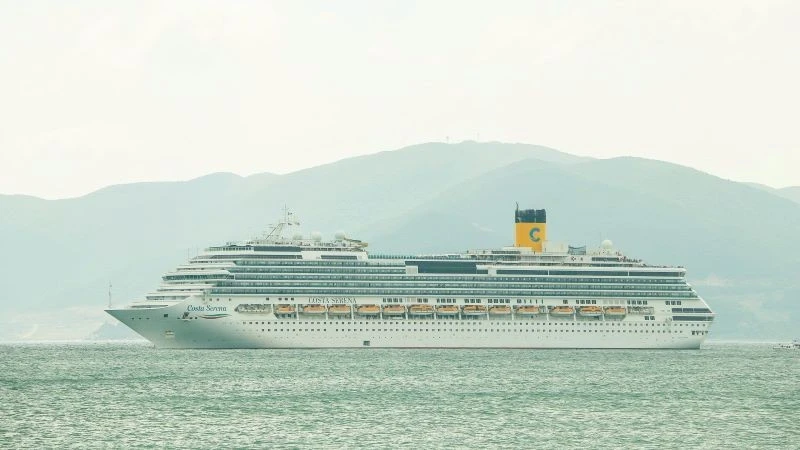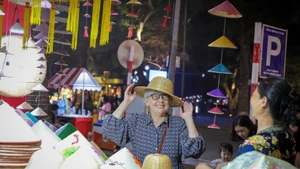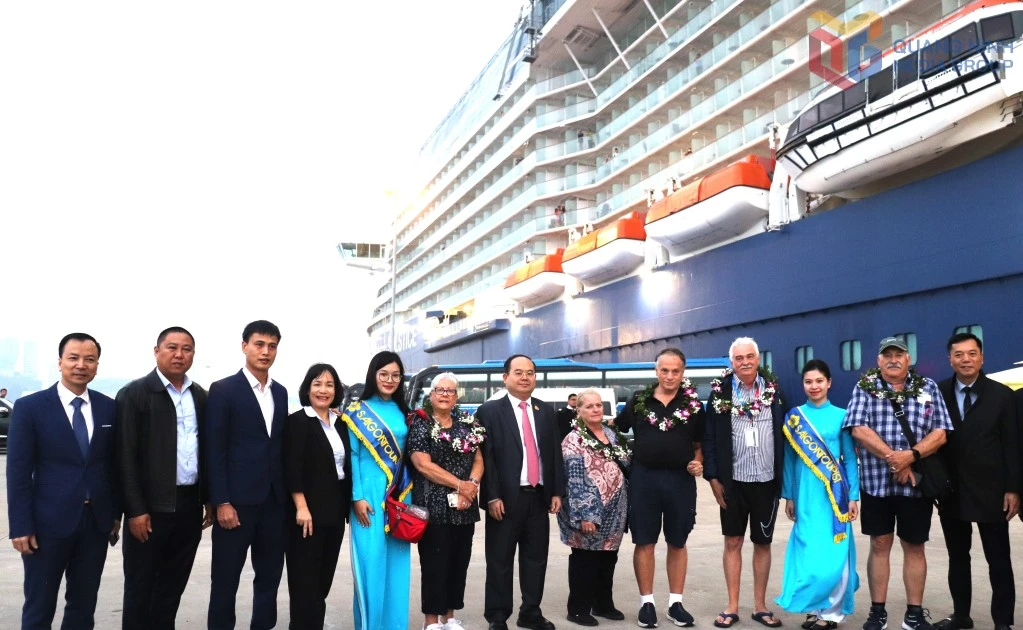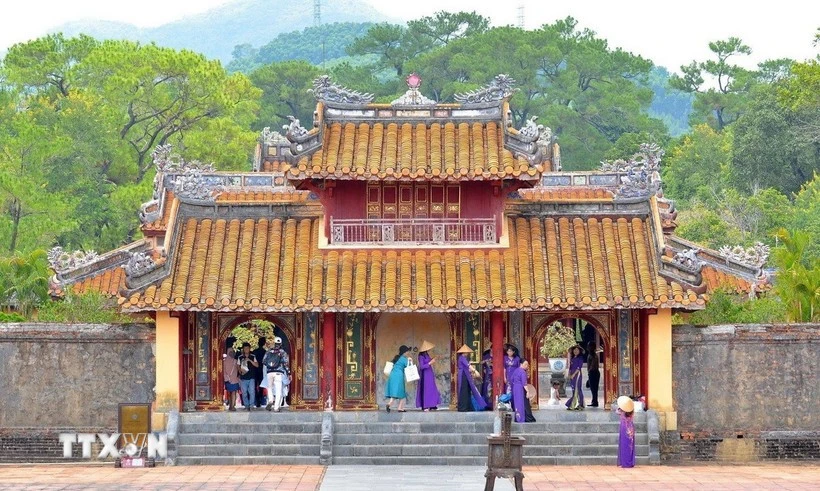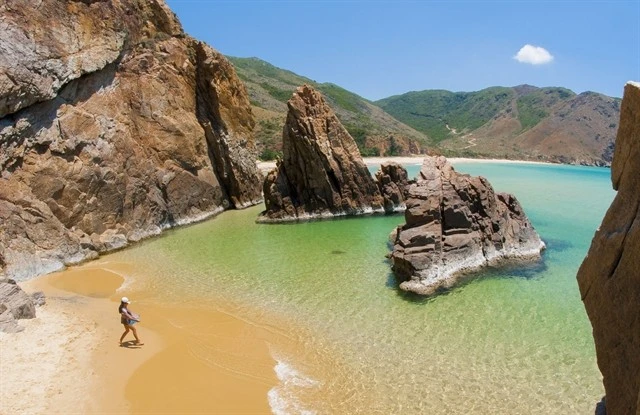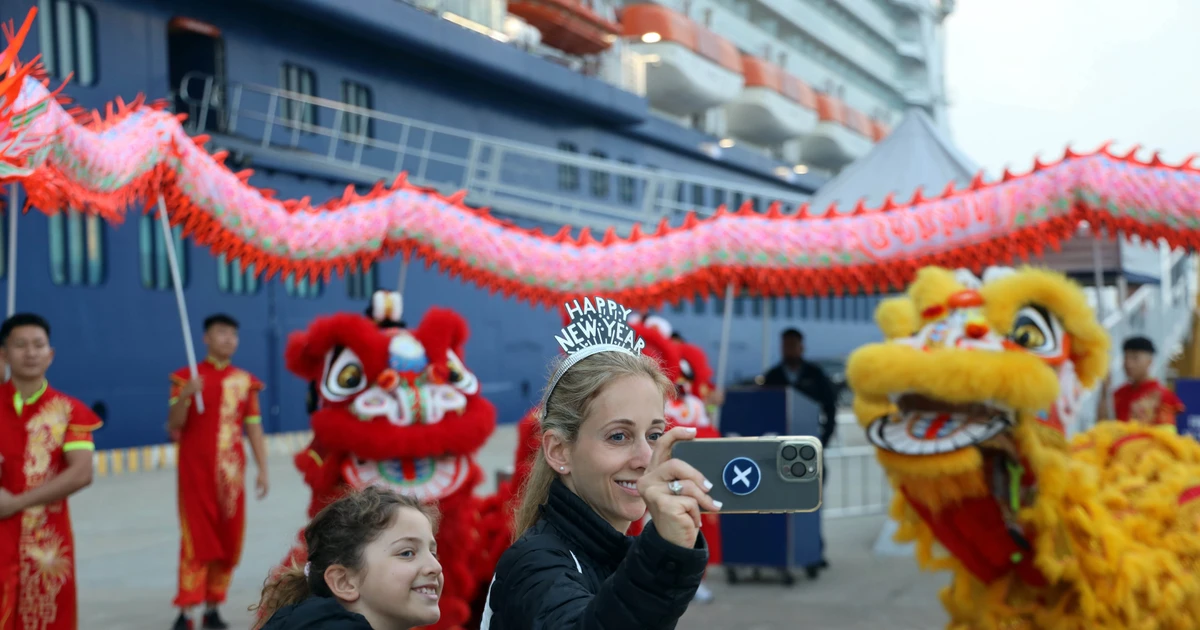Among these, Ha Long Bay stands as the crown jewel of Quang Ninh, renowned for its breathtaking and awe-inspiring beauty. However, to truly turn this heritage into a touchstone of profound experiences and ensure that visitors return, much work remains to be done.
The loss of traditional values within the heritage
In recent years, Quang Ninh has invested significantly in infrastructure development. However, challenges such as seasonality and lack of connectivity continue to hinder local tourism. For example, waterway connections between Ha Long and Van Don, or Ha Long and Hai Phong, remain incomplete. While road infrastructure has improved, fully integrating road and waterway advantages remains a long-standing challenge.
Pham Ha, Chairman and CEO of Lux Group, noted: “Business operations between Ha Long Bay and Cat Ba have faced many difficulties for years. Although UNESCO recognised Ha Long Bay and Cat Ba Archipelago as a World Nature Heritage site last year, the province of Quang Ninh and Hai Phong City still lack coordinated policies to link the two bays, even after the Prime Minister called for regional tourism connectivity.”
Seasonality also affects Quang Ninh, a leading global tourist destination. Summers see overcrowding at Ha Long Bay, while the winter season, which attracts international visitors, becomes a low season. Achieving a balance between summer and winter tourism remains a pressing issue.
Years ago, Ha Long Bay’s international image was characterised by traditional wooden boats with brown sails catching the wind. Today, modern steel vessels have taken over, offering a new and luxurious appearance but also diminishing the bay’s traditional charm.
 |
| The image of a cruise ship nostalgic for the traditional brown sails on the bay from a bygone era. (Photo: CTV/Vietnam+) |
Bui Tri Nha, founder of DIDI Travel, who designs unique experiences for niche tourist groups, shared: “The disappearance of brown-sailed boats signals the loss of a unique traditional identity. Our high-end clientele no longer expects to see traditional Ha Long vessels. The modern 5- or 6-star ships they encounter here feel no different from those in Europe. These modern ships inadvertently clash with the harmonious beauty of the heritage landscape. Our clients desire something more authentic, simple, and deeply connected to nature when they visit Vietnam.”
Similarly, Pham Ha lamented the loss of traditional values: “The thousand-year-old fishing villages are gone, along with their unique way of life and folk songs. Picturesque aquaculture areas are fading, and the once-pristine beaches are now riddled with trash. Water pollution, air pollution, and noise pollution from large overnight cruise ships have reached alarming levels.”
“My guests pay for private, tranquil experiences—not to sleep amidst a floating city with blaring music and garish lights illuminating the bay at night,” he added.
The need for stronger local government action
Given the concerning state of Ha Long Bay tourism, local authorities must take decisive action to unlock its true potential and encourage longer stays and higher visitor spending.
Pham Ha emphasised the importance of prioritising visitor experiences: “The local government must step into the shoes of tourists to enhance their experience. Instead of banning beaches, caves, or waterway connections between Ha Long and Lan Ha Bay, they should focus on creating diverse, fresh, and seamless experiences for visitors.”
Ending restrictions could make Ha Long Bay more appealing to international tourists, potentially turning them into repeat visitors and generating global word-of-mouth promotion without any marketing costs. Ha Long Bay’s sunsets and sunrises evoke emotions that visitors want to share instantly, but poor mobile coverage on the bay hampers this. While nature remains the focus, connectivity is still essential for remote work or sharing moments online.
Experts argue that Quang Ninh is missing out on free and effective marketing through tourist-generated content. Instead of hosting extravagant festivals that fail to attract high-spending international travelers, the province should focus on enhancing its brand as a premium destination.
Tackling the waste crisis
According to Dr. Nguyen Anh Tuan, Director of the Tourism Development Research Institute under the National Authority of Tourism, waste management is the biggest challenge at popular tourist spots like Ha Long Bay.
“Trash in Ha Long Bay comes from two sources: irresponsible business operations and littering by residents and visitors. This severely damages the destination's image, and environmental issues are increasingly important to both domestic and international travelers,” he stated.
To preserve Ha Long Bay’s brand as a global destination, Quang Ninh authorities must launch large-scale campaigns to raise awareness and enforce strict penalties. Businesses caught dumping waste into the bay should face severe fines or business suspensions.
Dr. Tuan emphasised that maintaining environmental cleanliness is a key competitive advantage for Vietnamese tourism. Without environmental protection, Ha Long Bay’s reputation as a world heritage site will inevitably decline.
Quang Ninh must implement bold measures to balance development with sustainability, ensure visitor satisfaction, and preserve the authenticity of Ha Long Bay for future generations.
